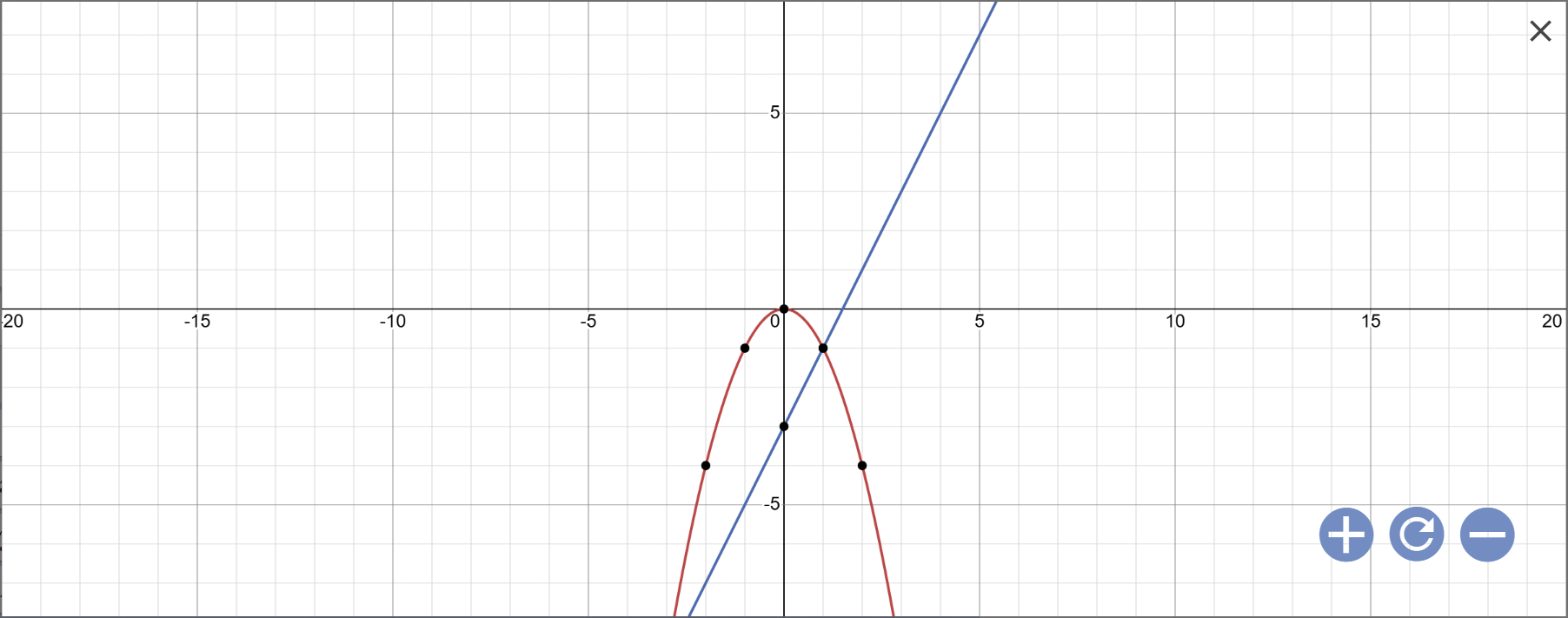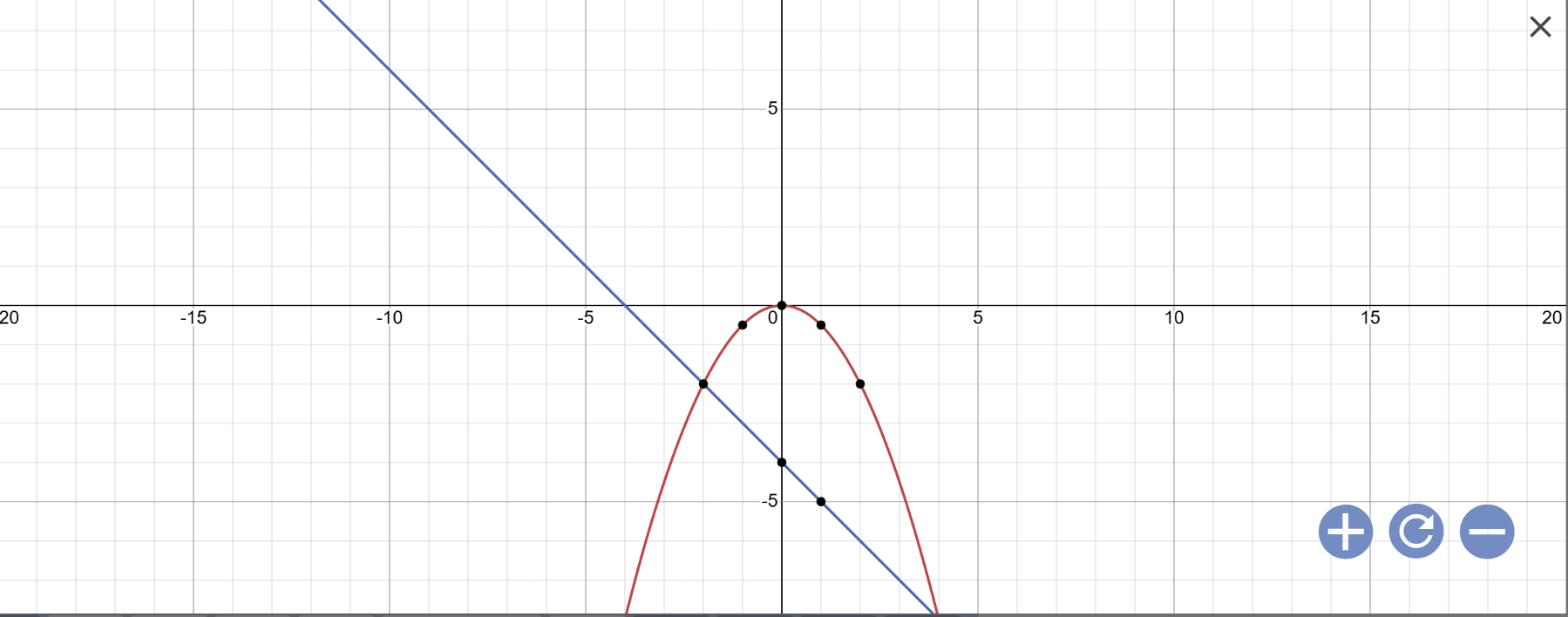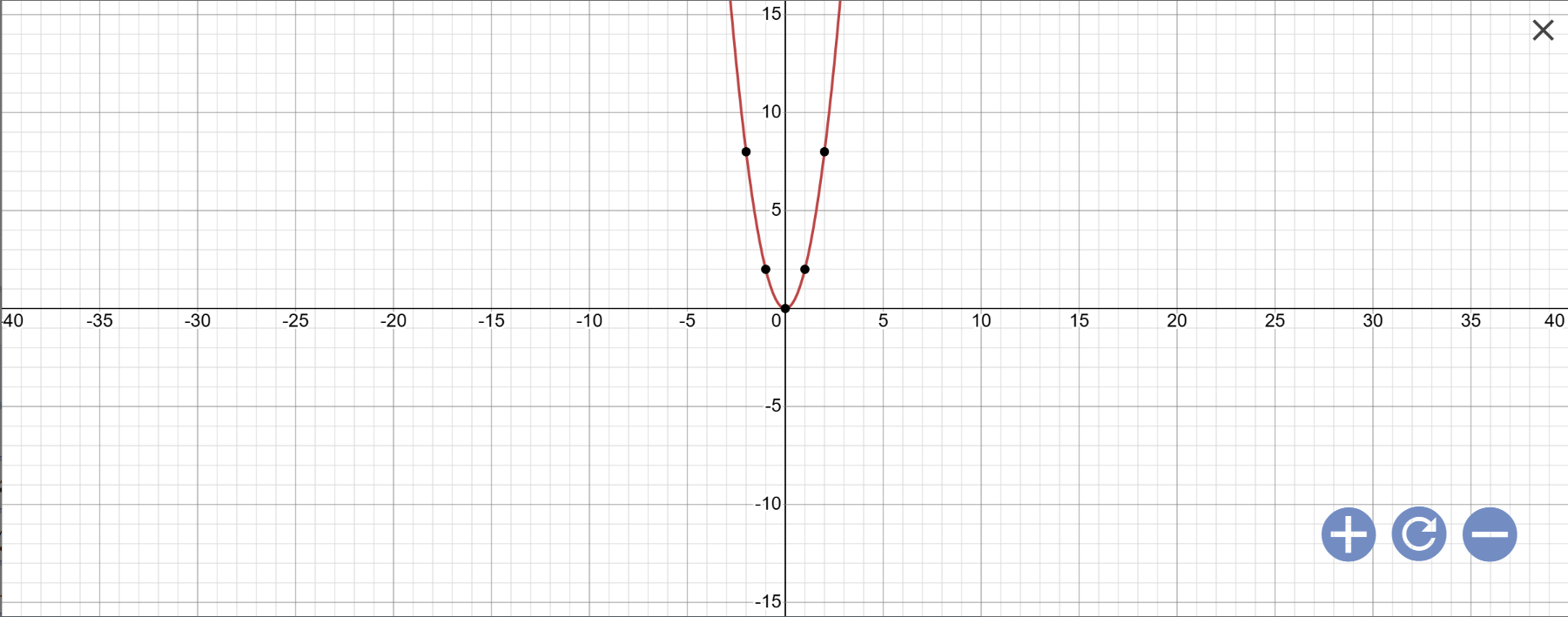Cho đường tròn (O) đường kính AB và điểm C thuộc đường tròn (C không trùng với A, B và trung điểm cung AB). Gọi H là hình chiếu vuông góc của C trên AB. Đường tròn (O1) đường kính AH cắt CA tại E, đường tròn (O2) đường kính BH cắt CB tại F.
a) Chứng minh tứ giác AEFB là tứ giác nội tiếp.
b) Gọi (O3) là tâm đường tròn ngoại tiếp tứ giác AEFB, D là điểm đối xứng của C qua O. Chứng minh ba điểm H, O3, D thẳng hàng.
c) Gọi S là giao của các đường thẳng EF và AB, K là giao điểm thứ hai của SC với đường tròn (O). Chứng minh KE vuông góc với KF.





a: Xét (\(O_1\)) có
ΔAEH nội tiếp
AH là đường kính
Do đó: ΔAEH vuông tại E
=>HE\(\perp\)AC tại E
Xét \(\left(O_2\right)\) có
ΔHFB nội tiếp
HB là đường kính
Do đó: ΔHFB vuông tại F
=>HF\(\perp\)CB tại F
Xét ΔCHA vuông tại H có HE là đường cao
nên \(CE\cdot CA=CH^2\left(1\right)\)
Xét ΔCHB vuông tại H có HF là đường cao
nên \(CF\cdot CB=CH^2\left(2\right)\)
Từ (1),(2) suy ra \(CE\cdot CA=CF\cdot CB\)
=>\(\dfrac{CE}{CB}=\dfrac{CF}{CA}\)
Xét ΔCEF và ΔCBA có
\(\dfrac{CE}{CB}=\dfrac{CF}{CA}\)
\(\widehat{ECF}\) chung
Do đó: ΔCEF~ΔCBA
=>\(\widehat{CEF}=\widehat{CBA}\)
mà \(\widehat{CEF}+\widehat{FEA}=180^0\)(hai góc kề bù)
nên \(\widehat{FEA}+\widehat{FBA}=180^0\)
=>AEFB là tứ giác nội tiếp